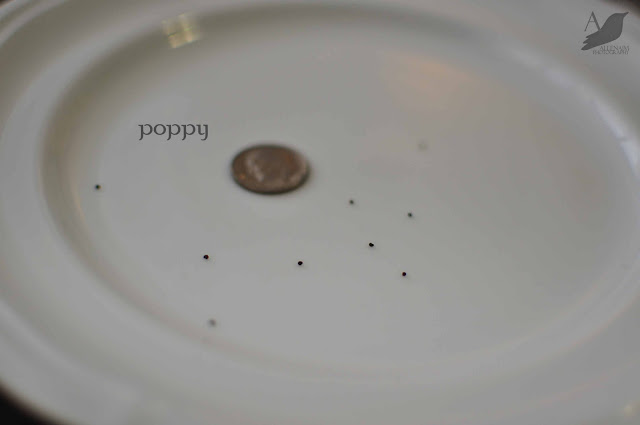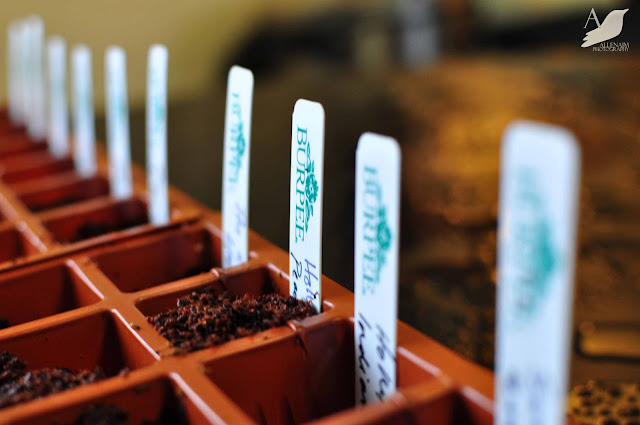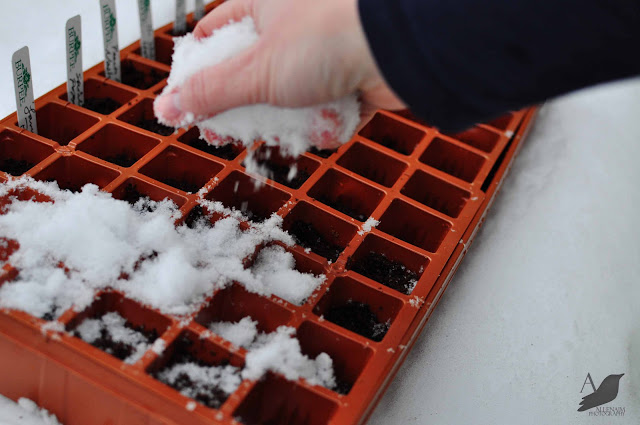by Amy Renae, Guest Contributor
Last October while attending the Blogalicious conference I met a kindred spirit named Amy. It was after my presentation that she and I gabbed for the next hour about this and that. It would’ve been longer if I didn’t have to leave early.
She spoke of a lifestyle that has most recently captured the heart of this city girl. On her farm in Hershey, Pennsylvania this professional photography herds children (three rambunctious little boys) and critters (chickens and a cat named Thor), cooks with ingredients from her garden, and dabbles in DIY. How does she find the time?
Though the farm life isn’t currently in reach for us, I enjoy reading Amy’s musings on her blog A Nest for All Seasons where she documents her DIY projects, recipes, photography, and tips for modern gardening. I’ve asked her to share a bit of her winter gardening tips with us here on BluLabel Bungalow. Please welcome Amy!

[dropcap]I[/dropcap]f you have a little space outdoors and no space indoors, winter sowing is a perfect solution for you! Basically, you are helping seeds to get a jump start on the growing season by taking advantage of the natural cycles of the seasons. You will literally plant your seeds in snow, and your seeds will germinate at the exact time they are supposed to, with little help from you.
Ready to experiment with winter sowing? Join me as I give you some tips and tricks into the process!
When a seed packet says the seeds need pre-chilling or “stratification”, that is a good sign that they will do well under winter sowing conditions. The process or chilling and soaking that gardeners do indoors is completed by the natural thawing and freezing outdoors (the way nature does it!). SWEET PEAS are a good example of this kind of seed.
Another good sign that your seeds are good candidates for winter sowing is if the seed packet mentions the seed “self-sowing” or colonizing. This means the plant naturally drops its seeds in fall and will sprout in the spring easily. CONEFLOWERS, COSMOS, and POPPIES are good examples of this kind of seed.
Poppy seeds are teensy tiny, so when I work with tiny seeds like this, I gently lay them out on a plate,
use my finger to pick them up and simply drop it onto the soil.
 |
| This poppy seed is so tiny the camera can’t focus on it 🙂 |
 |
| Rub your fingers together gently to drop seed into the soil. |
 |
| Gently press the soil down. Do not bury tiny seeds like poppies…just press them barely into the soil. |
 |
| Label your rows and move on to the next one! |
|
I label my flats by vertical row (see above!), but one of the most important things I do while winter sowing is to make a very simple cheat sheet to remember what is what. I also sow seeds in groups based on whether I know what the seedlings look like. For example, I know nasturtium have distinctive lily pad-like leaves. When they pop up, I know exactly what they are and also have a separation between two other plants that look more similar when they first emerge (poppies and hollyhock).
Now comes the fun part (for me at least!). Take that tray outside and plop it down in the snow.
You will feel like you are insane and killing all your seedies, but you aren’t…relax!
Toss some snow right on top. Gently.
After you have the whole thing covered in snow, place your top on. My flat came with a clear lid, but plastic wrap will work as long as you are careful. Make sure you put holes in the top to vent and when seedlings emerge, slowly remove the plastic. My biggest problem with winter sowing is that I cook the seedlings by not providing enough air circulation. This year I gave my seedies generous vents.
Does all that snow scare you? It shouldn’t. That’s the way seeds sleep in the natural world. Under a nice bed of snow. They will freeze and then thaw with a nice long watering from that snow. Once it warms up enough, the seeds will know exactly when to germinate and you have saved yourself 2 square feet of window space in your home!
I weighted my flat down with those jars…it’s quite windy up on the porch and I don’t want everything blowing down the street. I also placed my flat where I can see it from the window. 1. I need to remember my seedies. 2. I want to see the tiny bits of green as soon as they appear in spring!
For your further information, other phrases that are good signs for winter sowing include: “can be direct sown early” “sow outdoors early in Spring” and “can withstand frost”.
The absolute experts on winter sowing live at wintersown.org. Visit them if you have any questions HERE!










+ show Comments
- Hide Comments
add a comment